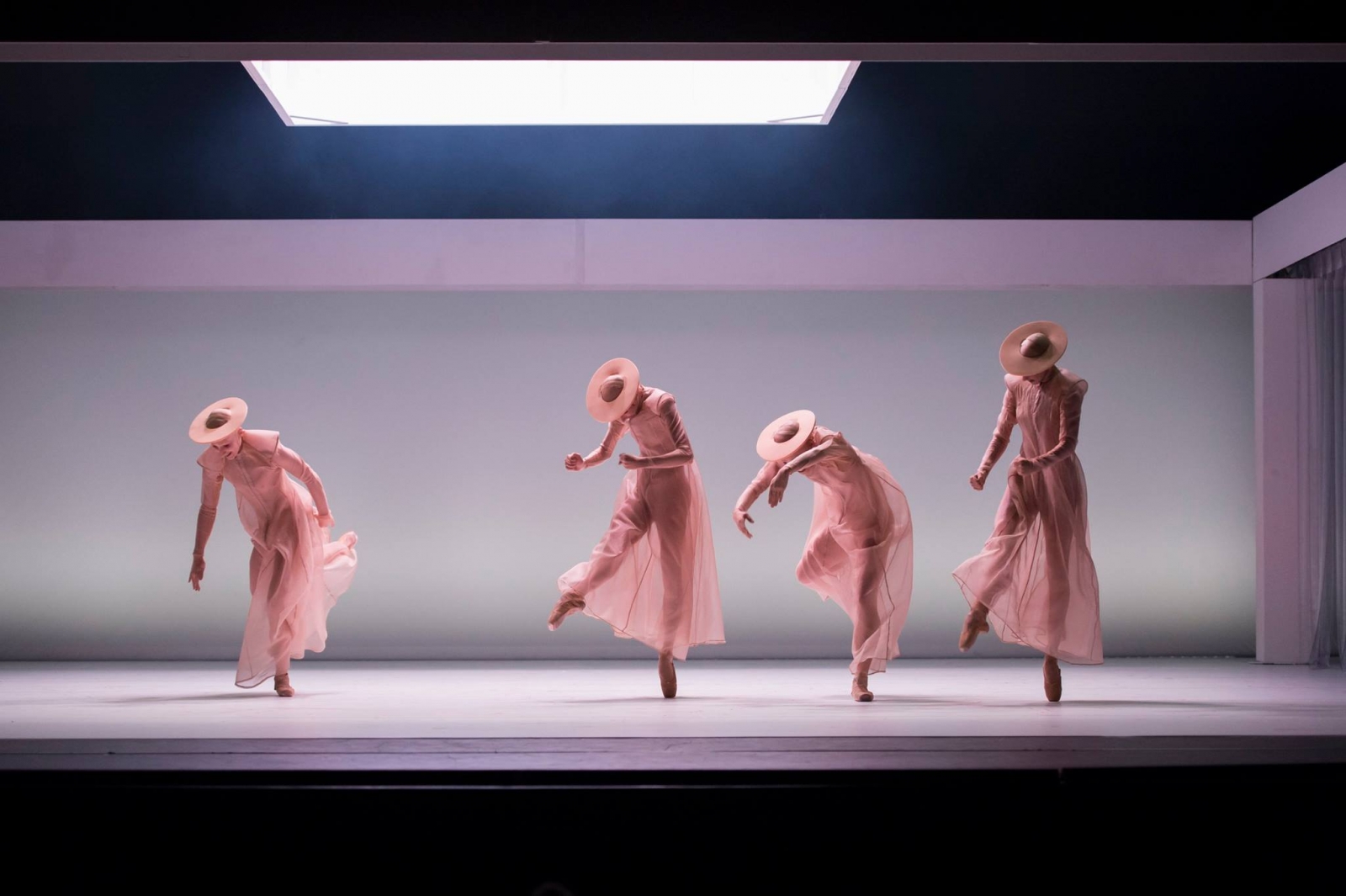- Les Ballets de Monte Carlo
- Monaco Dance Forum
- Académie Princesse Grace
- SEASON 2023-2024
- BMC STREAM
- Group

Massâcre | VERBRUGGEN
Massâcre | VERBRUGGEN
Musicians and choreographers continue to be enthralled by Stravinsky’s The Rite of Spring. My own fascination for its music led to me taking on this epic opus myself. I combed through the masterpiece down to the very last detail, exploring its notes, rhythms and harmonies. The latter struck me as resolutely jazzy in style, which is why Bad Plus’s jazz version emerged as the most appropriate music to use for my piece. In an attempt to feel the music as deeply as possible, to sense these new vibrations deep within my bones, I began putting together an athletic register complete with its own terms and vocabulary.
Unlike Nijinsky, who was almost obsessed with the idea of putting the circle at the heart of his thought process, I decided to put the piece in a square box. Squares and rectangles suggest rectitude and honesty. Squares also remind me of the concept of foundations (such as those of a house), outlines (of plots of lands or gardens) and open-air fields, spaces that link us to the divine. Squares are also often associated with materialism, established things, but they also reflect a sense of duality that exists in everything around us, offering up a setting and space in which opposites collide and sometimes balance out. By splitting the two parts of the music and dividing them up between the male dancers and female dancers, I wanted to trigger the feelings of violence, passion and desire that inhabit them. That’s what The Rite of Spring is about, after all.
We live in an ever-shifting world, swept up in its whirlwind pace, carried away by its ‘abnormality’, the fury that presses us on and pushes us to act quickly and make choices almost instinctively. Human nature encourages us to make decisions, and it was ever thus. This inescapable need to decide despite a chaotic setting inspired me to reflect on a question related to the sacred: «When we identify weakness and sacrifice it to muffle our shameless narcissism, what process is triggered? Is it a choice or a sacrifice? At what point does the bitterness of this semi-loving ritual become a massacre?” The boundary here is blurred, and through this piece, I attempted to illustrate how we flirt with its edges, to pinpoint the moments when we find ourselves either inside or outside the circle of our history, where poetry and violence collide.
When I look back at my work on The Rite of Spring, what comes to mind is the image of a lone feather you find in the most surprising of places, like an act of love from some guardian angel that watches over the frenzy of our world.
«Hope is the thing with feathers» Emily Dickinson
Jeroen Verbruggen
"Massâcre" | VERBRUGGEN
Choreography: Jeroen Verbruggen
Scenography: Jeroen Verbruggen
Costumes: Charlie Le Mindu
Lighting: Fabiana Piccioli
Musics: The Rite of Spring, «Evocation of the Ancestors / Ritual Action of the Ancestors», The Bad Plus (2014)
Arrangement: Benjamin Magnin
Duration: 50 min
Premiere held on July 19th, Salle Garnier de l’Opéra de Monte-Carlo
World creation for les Ballets de Monte-Carlo, ballet for 8 male dancers and 7 female dancers





